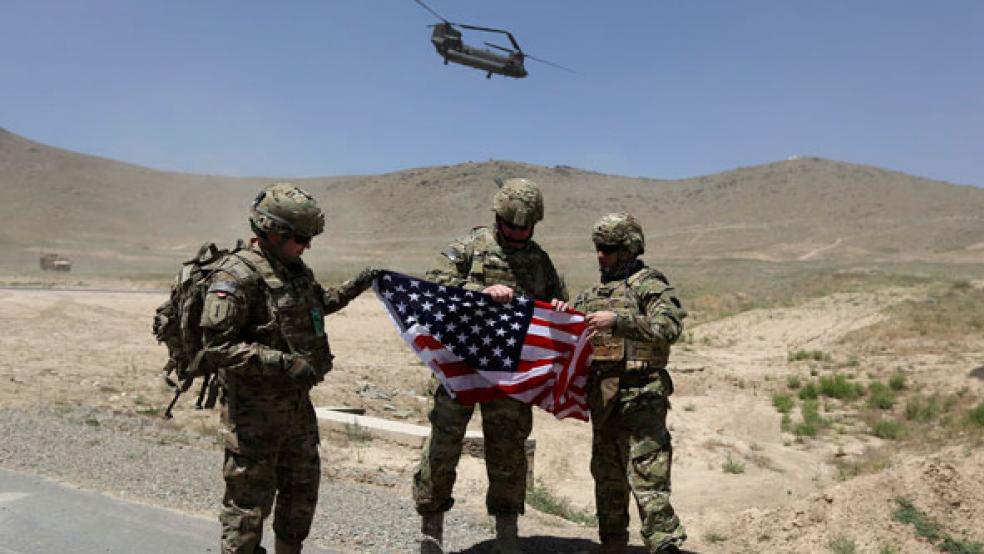The wars in Afghanistan, Iraq and Syria have cost the U.S. more than $1.5 trillion, according to Department of Defense data reported by CNCB Monday.
The Pentagon report covers war-related operational costs through the 2018 fiscal year, including pay for troops, training, transport, equipment, medical services, food and clothing. About half of the $1.5 trillion – roughly $730 billion – has been spent in Iraq. The war in Afghanistan accounts for most of the rest.
The average monthly spending on war operations in fiscal year 2018 is $3.4 billion, according to the report, with the lion’s share of that spending going toward Operation Freedoms’ Sentinel, the current effort in Afghanistan, where 14,000 U.S. soldiers are based.
Other recent analyses of war spending since 9/11 have come up with much higher figures. Looking more broadly at the war on terror undertaken by the U.S., the nonpartisan Stimson Center said in May that the counterterrorism effort has cost about $2.8 trillion through 2017.
Taking a longer view, the Watson Institute for International and Public Affairs at Brown University put the total cost of war-related spending at $5.6 trillion in a report issued last year. One big factor in the Watson Institute’s analysis was the long-term cost of care for veterans, which it estimated would cost about $1 trillion through 2056. Other expenses incorporated into the Watson report include higher base budgets for the military over the long term and interest costs on the debt incurred to fight the wars.
Laicie Heeley of the Truman National Security Project wrote Tuesday that the U.S. has no clear understanding of what it is paying for the broad war against terror initiated after 9/11. The Pentagon’s budget is a confusing jumble filled with loopholes that make accounting difficult, and antiterror spending has leaked into all branches of the government, from Homeland Security to the Agriculture Department. “[R]ight now US counterterrorism spending is flying blind,” Heeley wrote. “The US understands the broad contours of what it’s spent since 9/11, but it has little idea of what’s inside.”





